Study Suggests Warming Ocean Waters Are Shifting Fish Numbers
The following is courtesy of NOAA Fisheries Alaska:
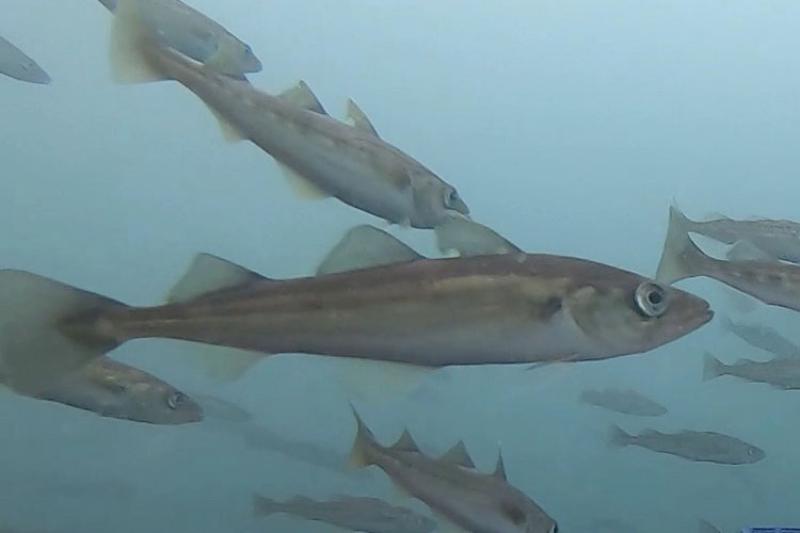 Alaska pollock. Credit: NOAA Fisheries.
Alaska pollock. Credit: NOAA Fisheries.
As the ocean warms, marine fish are on the move—beyond their traditional habitats and across international boundaries. Understanding these patterns of movement is essential to predicting change and managing climate-resilient fisheries.
A new collaborative NOAA Fisheries study looks at patterns of movement by multiple fish species across the entire Bering Sea shelf over decades. Alaska Fisheries Science Center scientists collaborated with Russian scientists to combine data from the eastern, western, and northern Bering Sea shelf. An innovative analysis distilled dominant patterns of fish movement over time from these data. The research advances our understanding of how the ecosystem is responding to climate change.
“International collaboration is likely going to become increasingly important for sustainable management of Bering Sea fisheries,“ said study lead Lukas DeFilippo, NOAA Fisheries Alaska Fisheries Science Center. “As fish move into new habitats, we need to take a broader scale approach to monitoring to support sustainable fisheries management .”
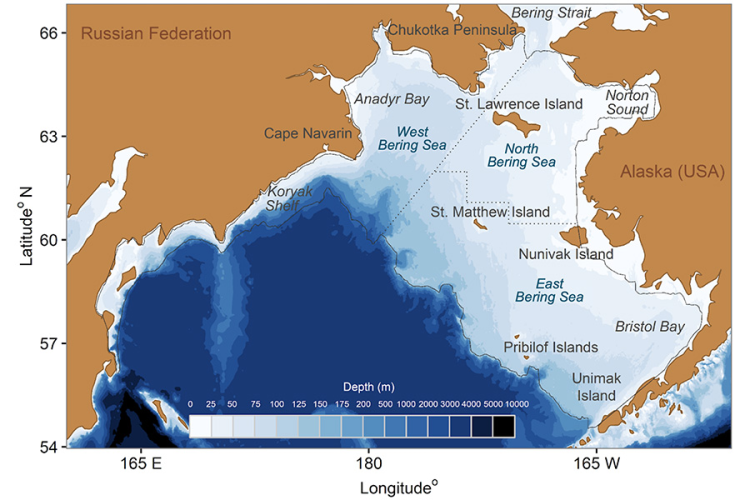
Fish On The Move Across International Boundaries
The Bering Sea supports some of the largest fisheries in the world. As such, it has been relatively well studied. However, most research has focused on U.S. (southeastern, northeastern) or Russian (western) shelf areas separately. The goal has been to understand fish stocks within each country’s waters.
But in recent decades, unprecedented warming and loss of sea ice have driven dramatic changes in fish distributions. Scientists have observed large-scale northward shifts and increased movements between the east and west Bering Sea.
“We need to understand movement patterns on a shelf-wide scale so we can adapt our monitoring and management,” DeFilippo said. “The western data that Russian scientists shared with us is key to characterizing those patterns.”
Distilling the Dominant Patterns
The team set out to identify shelf-wide patterns of movement by 10 fish species over more than three decades. To accomplish this goal, they worked with University of Washington scientists, using an innovative method to analyze international survey data.
“Empirical orthogonal function analysis (EOF) can pull out the dominant signals from measurements over space and time,” DeFilippo explained.
EOF is commonly used in physical oceanography. But it has only recently been applied to biological data.
The survey data spanned the years 1982–2018. Data for the east and north Bering Sea were collected from Alaska Fisheries Science Center bottom trawl surveys. Western data were collected by the Pacific branch of the Russian Federal Research Institute of Fisheries and Oceanography.

The groundfish assemblage studied included:
- Alaska pollock
- Pacific cod
- Pacific halibut
- Alaska plaice
- Greenland turbot
- Flathead sole
- Yellowfin sole
- Northern rock sole
- Yellow Irish lord
- Great sculpin
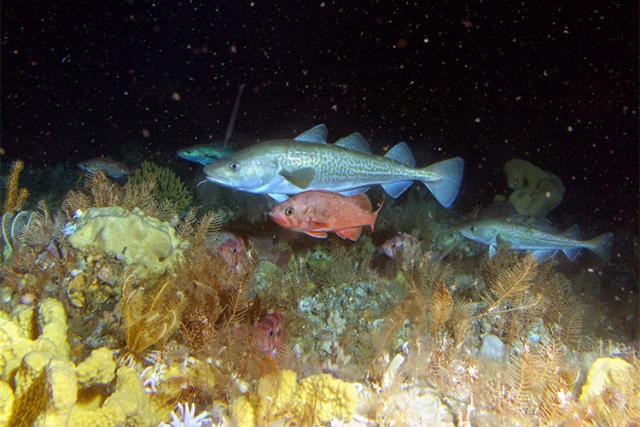
Cold Pool Variations and a Long-Term Northward Creep
The study results corroborated one well-established pattern observed in previous research in the eastern Bering Sea. But they also revealed another, unexpected signal.
The expected pattern (Factor 2) showed movements correlated with the cold pool extent. The cold pool is a near-bottom body of water with a temperature of 2°C or less. It has previously been shown to be a key influence on species distributions and ecosystem structure for the Bering Sea. This signal varied each year or over stanzas of years.
However, the dominant pattern (Factor 1) showed movements that were independent of cold pool variability.
“We found a steady northward trend up until around 2011,” DeFilippo said.
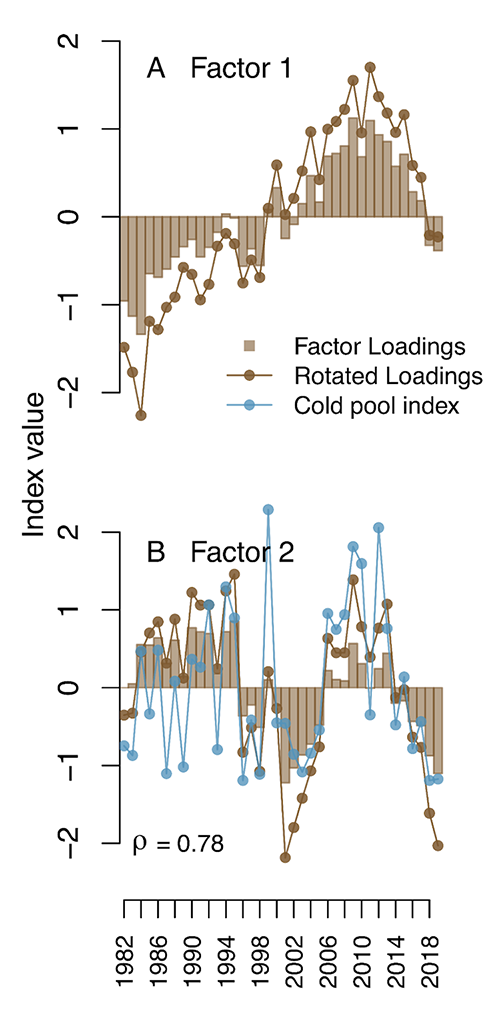
This pattern emerged when all species were combined—it doesn’t necessarily mean all of them are moving north. The trend was strongest for Pacific cod, Alaska pollock, and Alaska plaice. It affected northern rock sole, Pacific halibut, flathead sole, and Greenland turbot to a lesser degree.
The cause of the northward shift remains unknown. “We can speculate that it is climate effects not captured by cold pool changes. It could be physiology, prey availability, competition, fishing pressure, or predation,” DeFilippo said.
Understanding Future Change to Build Climate Resilience
DeFilippo points to the importance of expanded monitoring to provide the information we need to adapt to climate change into the future.
As fish stocks like pollock and cod converge on the north from the east and west, continuing monitoring through the north Bering Sea Survey will be crucial. Some fish also may be moving deeper in response to warming. “Without that knowledge, we are missing part of the picture,” DeFilippo said.
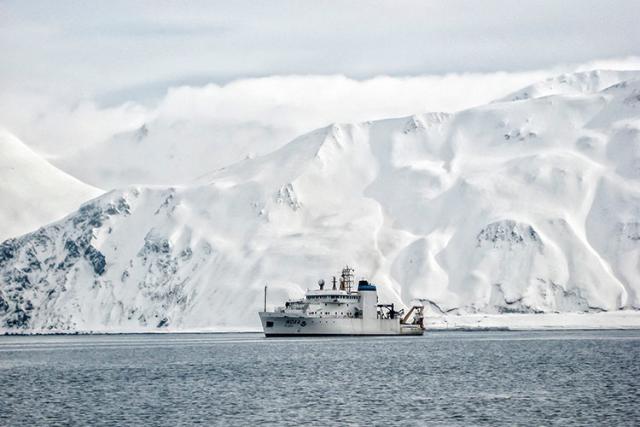
And international cooperation will be essential to monitoring and managing fish stocks in the Bering Sea and beyond.
“All of our data show that species are on the move, and they may not always be moving in ways that can be predicted using data from U.S. waters alone,” DeFilippo said. “Marine animals cross international boundaries, and are likely to do so even more in the future. Tools to combine international data will be key to successfully monitoring and predicting change in transboundary ecosystems worldwide.”



